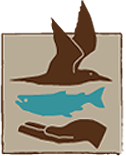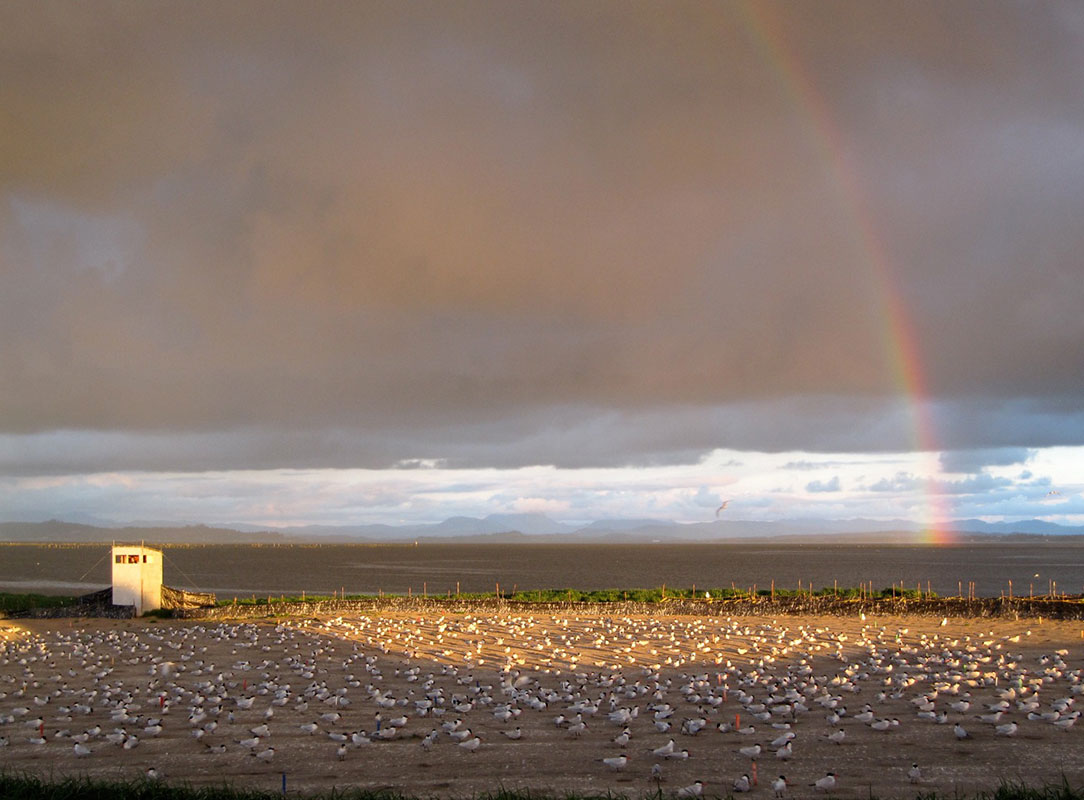 At the southern end of Banks Lake, near Coulee City (WA), are two volcanic islands with thin topsoil that provide nesting areas for colonial waterbirds. From 1997 to 2005, Caspian terns nested on Goose Island, the northernmost of the two islands, where colony size ranged from 10 to 40 breeding pairs. In 2005, Caspian terns began nesting on Twining Island (also called Dry Falls Dam Island), which is located just above Dry Falls Dam. The colony at Twining Island has grown from less than 10 breeding pairs in 2005 to 61 breeding pairs in 2009. Currently, there are large California/ring-billed gulls colonies on both islands with over 3,000 breeding individuals counted on each island in recent years. The major limiting factors to tern colony size and productivity at Twining Island appear to be human disturbance (the island is situated directly across from a popular boat launch) and perhaps encroachment by nesting gulls.
At the southern end of Banks Lake, near Coulee City (WA), are two volcanic islands with thin topsoil that provide nesting areas for colonial waterbirds. From 1997 to 2005, Caspian terns nested on Goose Island, the northernmost of the two islands, where colony size ranged from 10 to 40 breeding pairs. In 2005, Caspian terns began nesting on Twining Island (also called Dry Falls Dam Island), which is located just above Dry Falls Dam. The colony at Twining Island has grown from less than 10 breeding pairs in 2005 to 61 breeding pairs in 2009. Currently, there are large California/ring-billed gulls colonies on both islands with over 3,000 breeding individuals counted on each island in recent years. The major limiting factors to tern colony size and productivity at Twining Island appear to be human disturbance (the island is situated directly across from a popular boat launch) and perhaps encroachment by nesting gulls.



